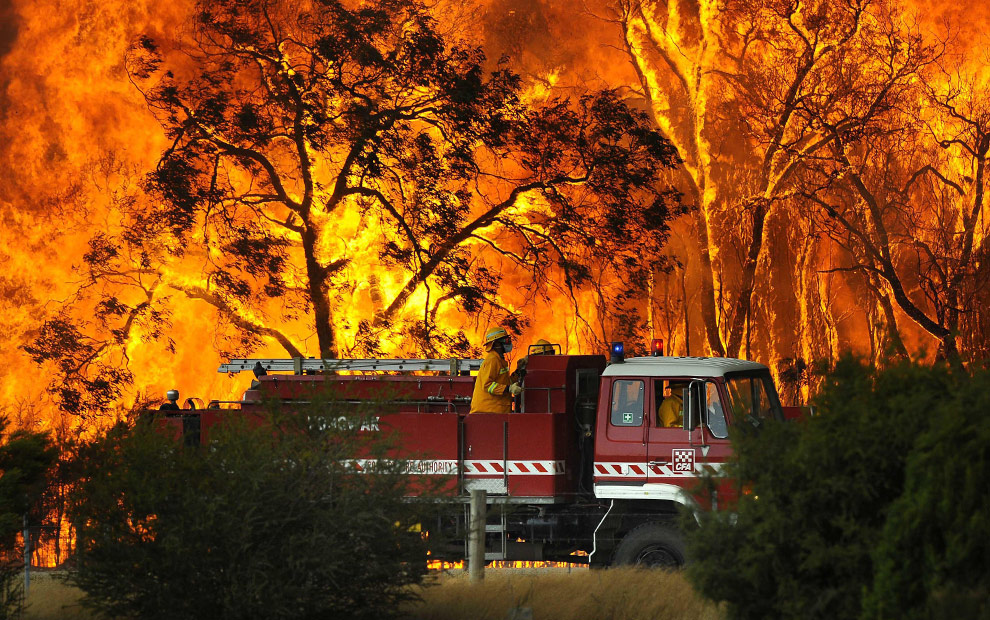What type of energy resources does Canada use?
Blogged by: Jessy
Stern, Rudi. "LET THERE BE NEON!" LET THERE BE NEON! Web. 19 Jan. 2015. <http://www.lettherebeneon.com/?page_id=437>.
In the beginning of December, I taught a grade nine geography class about evaluating energy strategies. I showed them why Canadians use up so much energy and I made them think of ways to reduce this amount. Reasons why Canadians use so much energy are:
Long, cold winters require heating, while humid summers require an increased demand for air conditioning.
Since Canada is such a large country, most Canadians drive or fly in order to get to certain destinations.
Our industries use a large amount of energy to power all of our machinery and to shape resources into finished products.
Canada has a high standard of living. Personal comfort in for Canadians means a lot of electronics and motorized devices. Ex. Snow mobiles
We tend to value comfort and convenience over energy conservation.
I also went through the difference between renewable and non-renewable energy sources and the different types of each energy source.
"What Is Renewable Energy? Sources of Renewable Energy." Eschooltoday. 1 Jan. 2010. Web. 19 Jan. 2015. <http://www.eschooltoday.com/energy/renewable-energy/what-is-renewable-energy.html>.
RENEWABLE RESOURCES
Renewable energy is energy that can reproduce itself fairly quickly. Different ways to use renewable sources to create energy are through
Hydroelectricity (energy created through water),
Bavota, C. "Resources." The Great Cavallini Energy Debate. 1 Jan. 2015. Web. 19 Jan. 2015. <http://lcampana.com/webquest/resources/>.
Geothermal (energy stored and created within the earth),
Bavota, C. "Resources." The Great Cavallini Energy Debate. 1 Jan. 2015. Web. 19 Jan. 2015. <http://lcampana.com/webquest/resources/>.
Solar energy (energy created by harnessing sunlight),
Bavota, C. "Resources." The Great Cavallini Energy Debate. 1 Jan. 2015. Web. 19 Jan. 2015. <http://lcampana.com/webquest/resources/>.
Wind energy (energy created by harnessing wind).
Bavota, C. "Resources." The Great Cavallini Energy Debate. 1 Jan. 2015. Web. 19 Jan. 2015. <http://lcampana.com/webquest/resources/>.
NON-RENEWABLE SOURCES
A non-renewable resource is an energy resource that cannot reproduce itself. Different types of non-renewable energy are
Nuclear power plants (energy formed by an atomic reaction),
Reidy, Katy. "Could Nuclear Power Solve Our Energy Crisis?" Trinity News. 4 Dec. 2014. Web. 19 Jan. 2015. <http://trinitynews.ie/could-nuclear-power-solve-our-energy-crisis/>.
Fossil fuels (Fuels containing once living things),
"What Is Energy." Energy and Kids. 1 Jan. 2005. Web. 19 Jan. 2015. <http://www.kids.esdb.bg/basic.html>.
Thermal electric power (Heat that is converted into energy).
"OTEC By the Numbers." The On Project. 1 Jan. 2011. Web. 19 Jan. 2015. <http://www.theonproject.org/2011/otec-by-the-numbers/>.
I feel that teaching younger audiences about the importance of using renewable energy resources is a key step in helping reduce climate change, pollution, and other environmental issues. By teaching them about renewable and non-renewable energy, they now know that there are better alternatives to every negative way of creating energy.
I also showed the class this video to further my explanation of energy.
